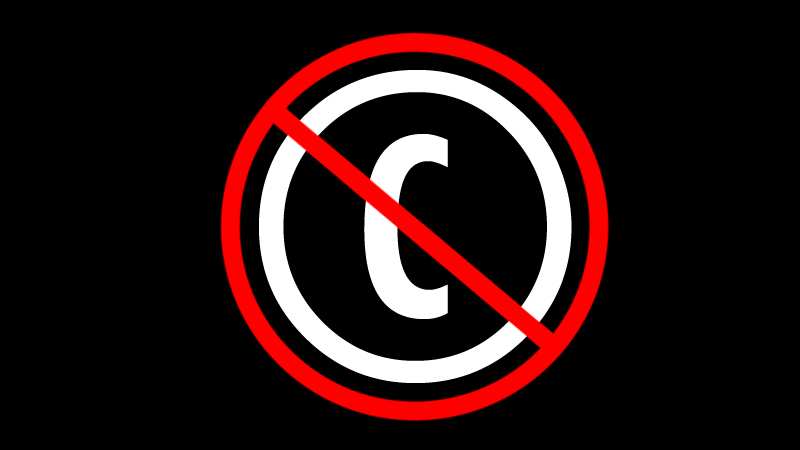A s you may have read in this recent article, I was the subject of a demand letter — which accompanied an invoice for $8,000.00 — that accused me of “willful photography copyright infringement”…
…but one fact which I had not imparted is that I cannot tell you how many times work which I have created was copied without my permission or authorization. I have had entire articles copied word for word — along with photographs which I created — and pasted elsewhere with no attribution and not a single link to my original work.
The Other Side of Copyright Infringement Violation
I present to you one example of an article which was copied — word for word — along with photographs taken by me. The subject of the article is 11 Tips and Tricks for Sleeping Aboard Airplanes, of which the original version was written by me on Saturday, August 20, 2016. Notice that the date of the copied article is August 21, 2016 — the very next day.
The only saving grace — if it can be called that — is a byline with my name was added; but that is below a byline by an anonymous person which uses the same name as the name of the weblog, which constitutes plagiarism. A blatantly outright falsehood that the article was written by that anonymous person is also below the conclusion of the article. Also, links to my other articles posted in that article were preserved.
No fewer than six of my photographs were used in the plagiarized article without my permission — and none of them are considered fair use, which is “a legal doctrine that promotes freedom of expression by permitting the unlicensed use of copyright-protected works in certain circumstances.”
Does this mean that I can send a demand letter for $8,000.00 for each of the photographs plus additional money for the plagiarized article?
I am counting that potential $50,000.00 now.
Readers of The Gate have asked in the past why I place a copyright notice along with every photograph taken by me which accompany articles written by me. The answer is demonstrated perfectly by the anonymous plagiarist, who thankfully preserved the copyright notes along with the photographs.
A cease and desist letter is typically the first communication to the violator; and that usually works in having the unauthorized content removed. I do not threaten legal action or demand payment of a ridiculous sum of money as my opening communication. If the subject of my request is ignored or denied, then I can see the use of a demand letter written in stronger lexicon.”
Summary
Unfortunately — chiefly due to advances in technology — we live in an era where duplication of work is lossless with generally no degradation in quality; and use of the works of someone else is easier than ever. Simply perform a search of images on the Internet with certain key words on a specific topic, and voilà: there are hundreds of images from which to choose and take instantly.
As a business owner, writer, artist, designer, photographer, actor and videographer — I have even dabbled in writing and composing my own music and lyrics over the years — no one is more adamant about protecting the rights of people who produce creative content than me; and I will vehemently defend the rights of the owners of those works to ensure that they are properly compensated for the use of their work…
…but to use this protection in a way which is legally questionable — such as with the intent for committing a form of extortion or scare tactics to coerce a target into volunteering to reach a monetary settlement — at best is deplorable, inexcusable and unacceptable.
As in my recent case where I was outright accused of “willful photography copyright infringement” on the invoice which accompanied the demand letter — I am not an attorney and therefore not certain if that is considered libel — an unusual chain of events occurred which led to the issue. Errors and honest mistakes by anyone in the process can be committed. I personally believe that a firm cease and desist letter — not a threatening demand letter — should be the first communication to someone who is accused of infringing upon the copyrighted works of others.
In other words, there needs to be a sensible and fair balance regarding the issue of copyright infringement — as defined and outlined succinctly by the copyright office of the federal government of the United States — so that works are vehemently protected for the sake of creators, owners and licensees; but without resorting to the employment of egregious methods to satisfy a greed which potentially could result in generating more than enough compensation for the people who seek “justice” for copyright infringement.
Graphic ©2016 by Brian Cohen.

